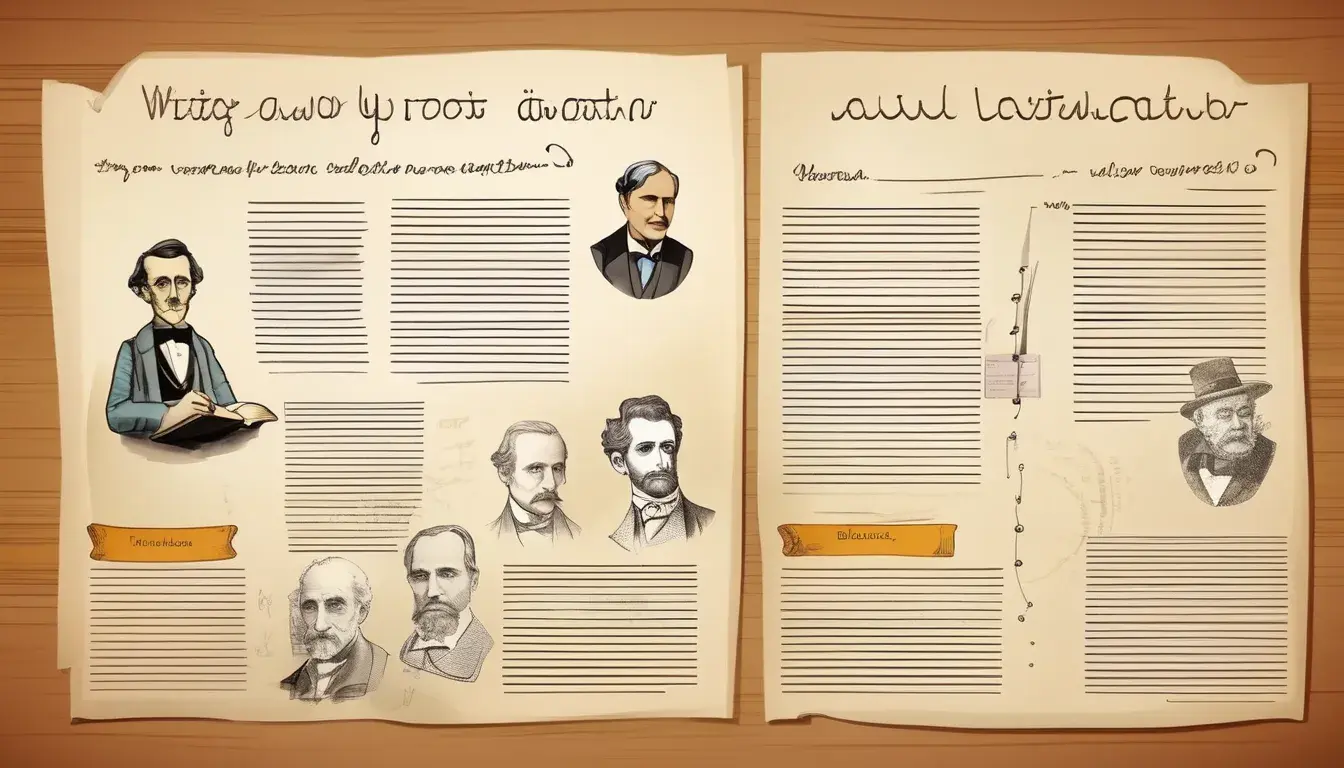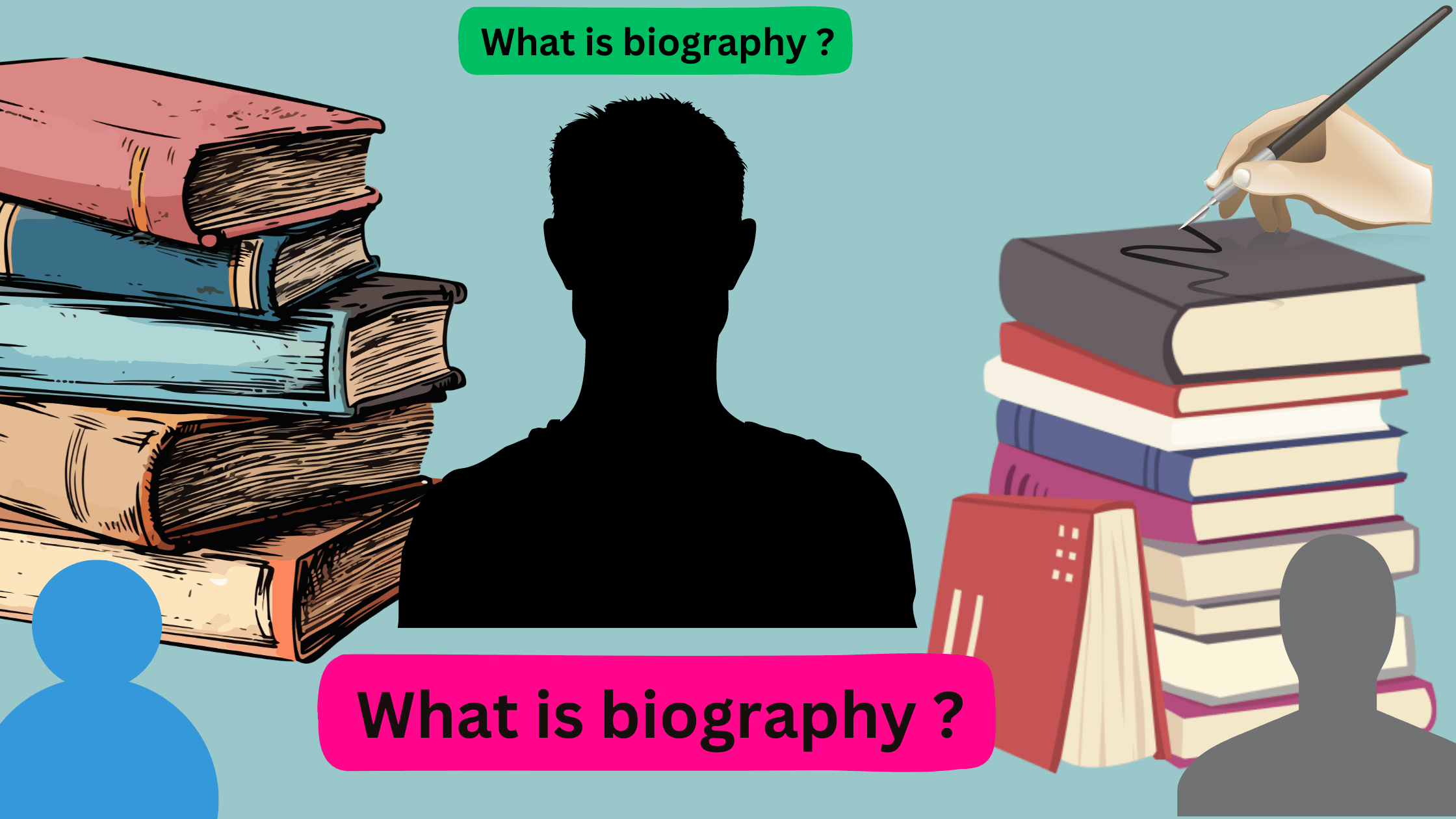Writing Biographies of Famous Innovators and Inventors
Have you ever wondered about the stories behind the world’s most famous inventions and innovations? Writing biographies of famous innovators and inventors allows us to dive into the lives of these remarkable individuals and discover the motivations and challenges that inspired their groundbreaking creations. From the light bulb to the telephone, from the automobile to the internet, these inventors have shaped the course of history with their brilliant ideas.
In this article, we will explore the art of writing biographies of famous innovators and inventors. We will discuss the importance of conducting extensive research, interviewing experts, and piecing together the puzzle of their lives. Whether you are a historian, a writer, or simply curious about the individuals behind these iconic inventions, this guide will provide you with valuable insights and techniques to craft compelling and accurate biographies that captivate readers.
So, join us on this fascinating journey as we uncover the untold stories of famous innovators and inventors, and gain a deeper appreciation for their contributions to the world. Get ready to be inspired by their passion, persistence, and ingenuity that continue to inspire generations to come.
Importance of writing biographies of famous innovators and inventors
Biographies of famous innovators and inventors hold immense importance for several reasons. Firstly, they provide us with a window into the lives of the individuals who have shaped the course of human history through their groundbreaking creations and ideas. By delving into the personal stories, motivations, and struggles of these remarkable people, we gain a deeper understanding of the factors that contributed to their success and the challenges they overcame.
Moreover, these biographies serve as sources of inspiration for aspiring innovators, entrepreneurs, and individuals who seek to make a lasting impact on the world. By learning about the persistence, dedication, and problem-solving abilities of famous inventors, readers can be encouraged to pursue their own dreams and overcome the obstacles that may stand in their way.
Biographies also provide valuable insights into the creative process, the importance of scientific inquiry, and the role of collaboration and mentorship in fostering innovation.
Additionally, writing biographies of famous innovators and inventors helps to preserve their legacies and ensure that their contributions are not forgotten.
These individuals have left an indelible mark on society, and their stories deserve to be shared and celebrated. By documenting their lives and achievements, biographers can contribute to the historical record and inspire future generations to continue the pursuit of knowledge and innovation.
Researching the life and achievements of the innovator or inventor
Crafting a comprehensive and engaging biography of a famous innovator or inventor requires extensive research. The first step is to gather as much information as possible about the subject’s life, from their early childhood to their later years. This may involve scouring through primary sources, such as diaries, letters, and personal accounts, as well as secondary sources, including biographies, academic papers, and historical records.
When conducting research, it is essential to seek out authoritative and reliable sources to ensure the accuracy and credibility of the information. This may involve consulting with experts in the field, visiting museums or archives that house relevant artifacts and documents, and reaching out to the subject’s family members or colleagues for firsthand accounts and personal insights.
In addition to gathering factual information, the biographer should also strive to understand the broader historical and social context in which the innovator or inventor lived and worked. This may involve studying the political, economic, and cultural landscape of the time period, as well as the scientific and technological advancements that were taking place. By situating the subject’s life and achievements within this broader context, the biographer can provide readers with a more holistic and meaningful understanding of the individual’s contributions.
Structuring the biography – key elements to include
Crafting a well-structured and engaging biography of a famous innovator or inventor requires careful consideration of the key elements to include. The biographer should begin by establishing a clear and compelling narrative arc that guides the reader through the subject’s life and achievements.
One essential element to include is a detailed overview of the innovator or inventor’s early life and background. This may include information about their family, education, and any formative experiences that may have influenced their later pursuits. By providing this context, the biographer can help readers understand the factors that shaped the subject’s interests, values, and decision-making.
Another crucial element is a comprehensive examination of the subject’s major contributions and accomplishments. This may involve delving into the specific inventions, innovations, or breakthroughs that the individual is known for, as well as the impact and significance of these achievements. The biographer should strive to provide a clear and accessible explanation of the technical aspects of the subject’s work, while also highlighting the broader societal and historical implications.
Highlighting the major contributions and accomplishments
At the heart of any biography of a famous innovator or inventor lies a detailed exploration of their major contributions and accomplishments. This is where the biographer has the opportunity to truly shine, as they delve into the specifics of the subject’s groundbreaking ideas and creations.
When highlighting the innovator or inventor’s contributions, the biographer should strive to provide a clear and engaging narrative that captures the significance and impact of their work. This may involve explaining the technical details of the invention or innovation in a way that is accessible to a general audience, while also emphasizing the broader societal and historical implications.
For example, in a biography of Thomas Edison, the biographer might explore the development of the light bulb, highlighting the numerous experiments and prototypes that Edison and his team went through before achieving a successful design. They might also discuss the impact of the light bulb on everyday life, the way it transformed urban landscapes, and how it paved the way for further advancements in electrical technology.
Exploring the personal life and background of the innovator or inventor
Biographies of famous innovators and inventors are not just about their professional accomplishments; they also offer insights into the personal lives and backgrounds of these remarkable individuals. By delving into the subject’s upbringing, family dynamics, and personal relationships, the biographer can provide readers with a more well-rounded and nuanced understanding of the person behind the innovations.
Exploring the innovator or inventor’s personal life can shed light on the factors that shaped their interests, values, and decision-making processes. For instance, a biography of Marie Curie might explore her early life in Poland, her struggles with poverty and gender discrimination, and the influence of her supportive husband, Pierre, on her scientific pursuits. These personal details can help readers appreciate the challenges and sacrifices that these innovators often faced in their quest to change the world.
Additionally, delving into the personal lives of famous innovators and inventors can reveal the human side of these individuals, humanizing them and making their stories more relatable to readers. By showcasing their joys, sorrows, triumphs, and failures, the biographer can create a more engaging and empathetic narrative that resonates with the audience.
Including relevant anecdotes and stories
One of the most effective ways to bring the stories of famous innovators and inventors to life is through the inclusion of relevant anecdotes and personal narratives. These small, yet compelling, details can help to humanize the subject, providing readers with a deeper understanding of their personality, motivations, and experiences.
Anecdotes can range from humorous or quirky moments that shed light on the innovator or inventor’s character, to poignant stories that illustrate the challenges they faced and the determination they exhibited in overcoming them. For example, in a biography of Alexander Graham Bell, the biographer might include an anecdote about the inventor’s frustration with early telephone prototypes, and how his persistence and problem-solving skills ultimately led to the breakthrough invention of the telephone.
By carefully selecting and weaving these relevant anecdotes and stories into the narrative, the biographer can create a more engaging and immersive reading experience for the audience. These personal details can help to bring the subject to life, making their accomplishments and contributions feel more immediate and relatable. Additionally, the inclusion of these stories can help to differentiate the biography from more dry, factual accounts, making it a more compelling and memorable read.
Editing and proofreading the biography
The final stage of writing a biography of a famous innovator or inventor involves careful editing and proofreading to ensure the highest quality of the final product. This process is essential in polishing the narrative, refining the language, and addressing any inconsistencies or errors that may have crept in during the writing process.
During the editing phase, the biographer should closely examine the structure and flow of the narrative, ensuring that the story unfolds in a logical and engaging manner. They should also scrutinize the language used, striving for clarity, concision, and precision in their writing. This may involve identifying and eliminating unnecessary jargon or technical terms, rephrasing complex sentences, and ensuring that the tone and style are consistent throughout the biography.
Proofreading is another critical step in the editing process, as it helps to catch any grammatical, spelling, or punctuation errors that may have been overlooked. The biographer should carefully review the manuscript, line by line, to ensure that the final version is free of any mistakes or typos that could detract from the overall quality and credibility of the work.
Inspiring readers with the legacy of famous innovators and inventors
In conclusion, writing biographies of famous innovators and inventors is a powerful way to inspire and educate readers about the remarkable individuals who have shaped the world through their groundbreaking ideas and creations. By delving into the lives, motivations, and achievements of these remarkable people, biographers can provide readers with a deeper understanding of the creative process, the importance of scientific inquiry, and the role of perseverance and determination in driving innovation.
Through their biographies, writers have the opportunity to celebrate the legacies of these famous innovators and inventors, ensuring that their contributions are not forgotten. By highlighting their personal stories, their struggles, and their triumphs, biographers can create engaging and inspiring narratives that captivate readers and encourage them to pursue their own dreams and passions.
As we continue to navigate an increasingly complex and rapidly changing world, the stories of famous innovators and inventors serve as beacons of hope and inspiration. They remind us that with creativity, dedication, and a willingness to challenge the status quo, we too can make a lasting impact on the world around us. By sharing these remarkable lives, biographers can play a vital role in shaping the next generation of innovators and inventors, inspiring them to follow in the footsteps of the pioneers who have come before them.


